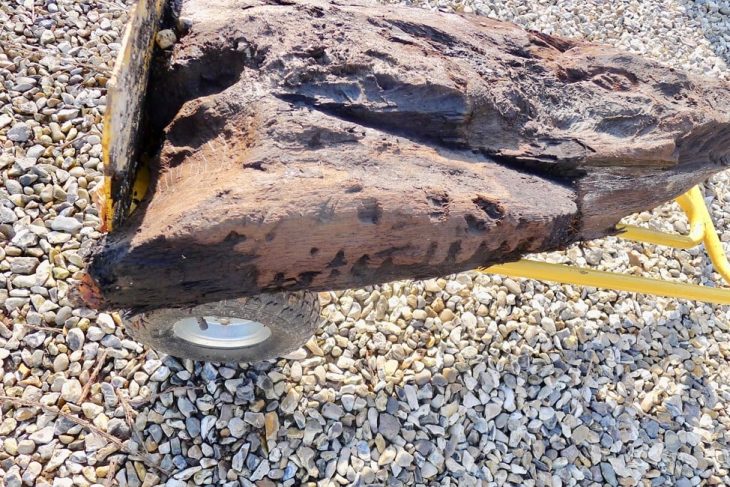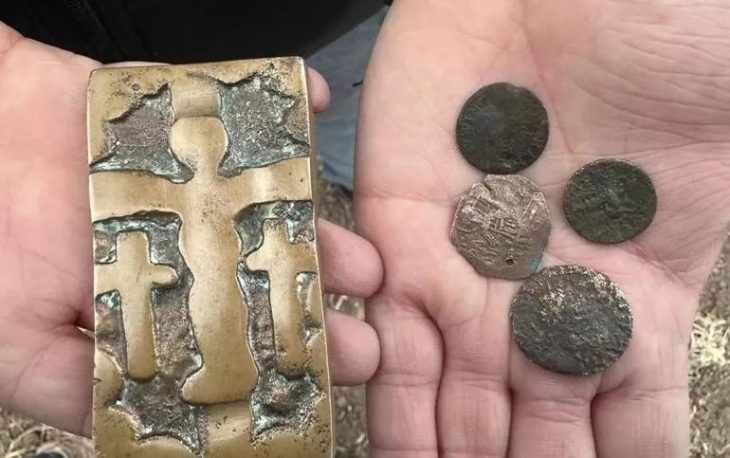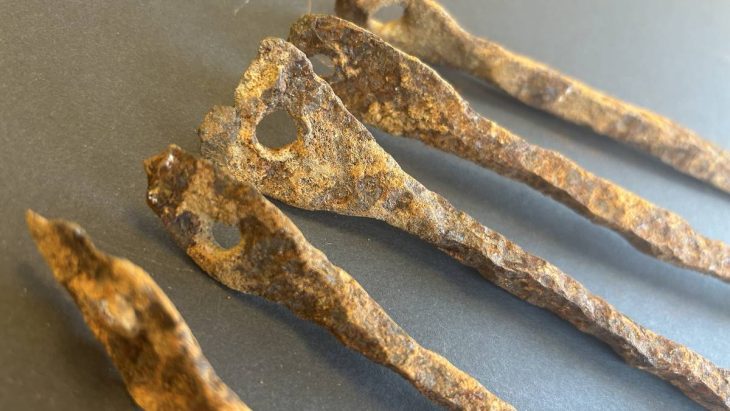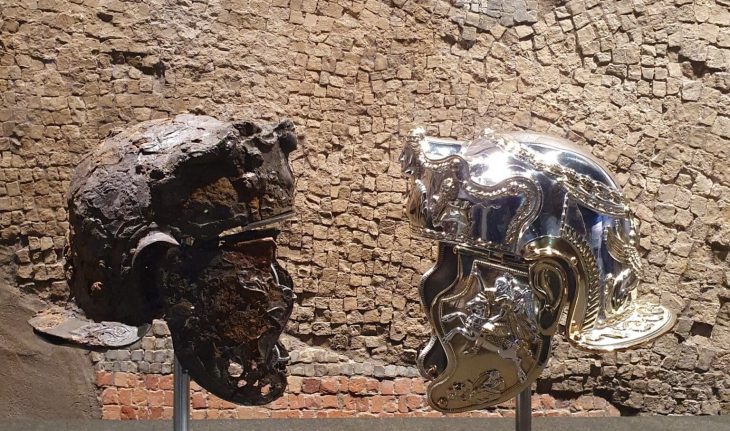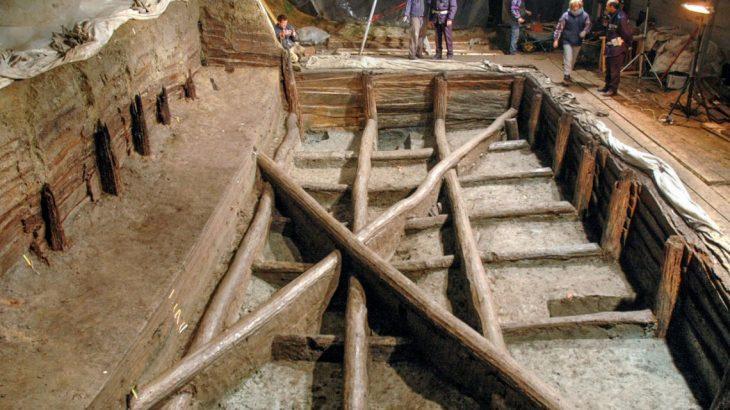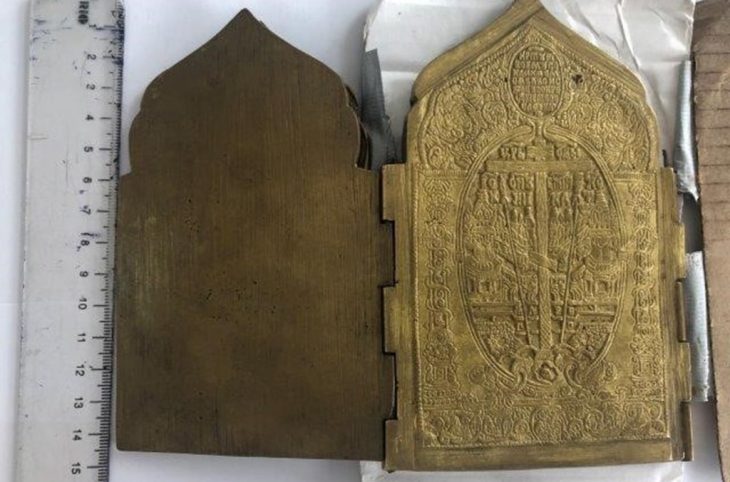The highest petroglyphs in Europe were found at Pizzo Tresero (Valfurva) in the Stelvio National Park in the northern Italian Alps, at over 3,000 meters.
The discovery of a series of petroglyphs over 3,000 meters high in the Valtellina Orobie mountain range in Lombardy has made them the highest petroglyphs found in Europe and provided new clues to human presence in mountainous areas since ancient times.
Tommaso Malinverno, a Como hiker, informed the Soprintendenza in the summer of 2017 that he had noticed odd carvings on a rock at the base of the Pizzo Tresero glacier. After receiving this report, scientists and archaeologists conducted thorough research and determined that the petroglyphs date to between 3,600 and 3,200 years ago (1600–1200 BCE), during the Middle Bronze Age.
Simultaneously, in November 2024, another paleontological find was reported in the Orobie Valtellinesi Park: the first trace of what scientists believe to be an entire prehistoric ecosystem, including the well-preserved footprints of reptiles and amphibians, brought to light by the melting of snow and ice induced by the climate crisis.
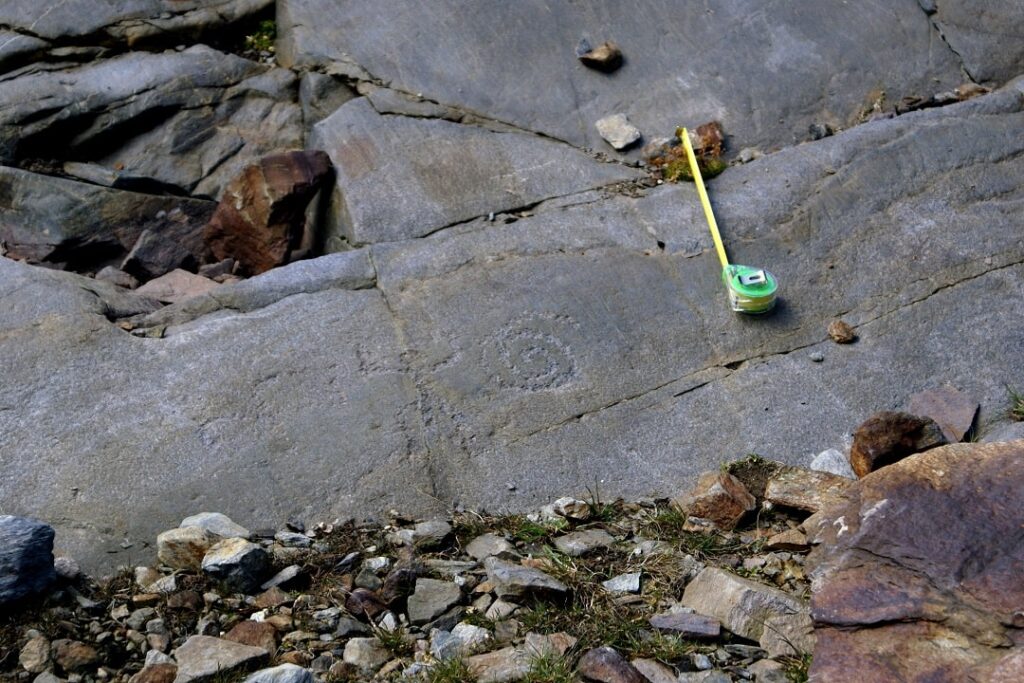
According to scientists, this discovery in the Valtellina Orobie mountain range in Lombardy dates back 280 million years to the Permian period, which is the time just before dinosaurs.
These rock carvings are significant not only because of their age but also because of their location—the alpine peaks are home to the highest petroglyphs in Europe.
Among the petroglyphs are human figures ‘resembling “praying figures” with arms raised towards the sky, a spiral carved into the rock, and depictions of animals and other geometric figures whose meaning has always remained a mystery (possibly resembling “topographical markings”).

The Tresero petroglyphs are evidence of the very long-standing presence of man in the mountain lands. The engravings are located above the Gavia Pass. They are closely linked to the rock sites in Valtellina and Valle Camonica, the first Italian site to obtain, in 1979, Unesco recognition as a World Heritage Site.
The 11 petroglyphs discovered in recent years, bearing traces of glacial passage, could be part of a much larger network of carvings, possibly a rock art sanctuary.
Prominent individuals, including Attilio Fontana, president of the Lombardy Region, Massimo Sertori, advisor to the local and mountain authorities, archaeology specialists, and representatives from the University of Bergamo, attended the official presentation of the findings at the Lombardy Palace.

According to President Fontana, this discovery gives Lombardy’s natural and cultural heritage a special value that will pique the interest of both experts and tourists drawn to the area by its natural beauty and rich history.
Fontana emphasized the importance of these petroglyphs as a testament to human presence at these altitudes during the Bronze Age, adding a new chapter to the European history of mountain civilizations.
Regione Lombardia (Lombardy Region)
Cover Image Credit: Regione Lombardia (Lombardy Region)





